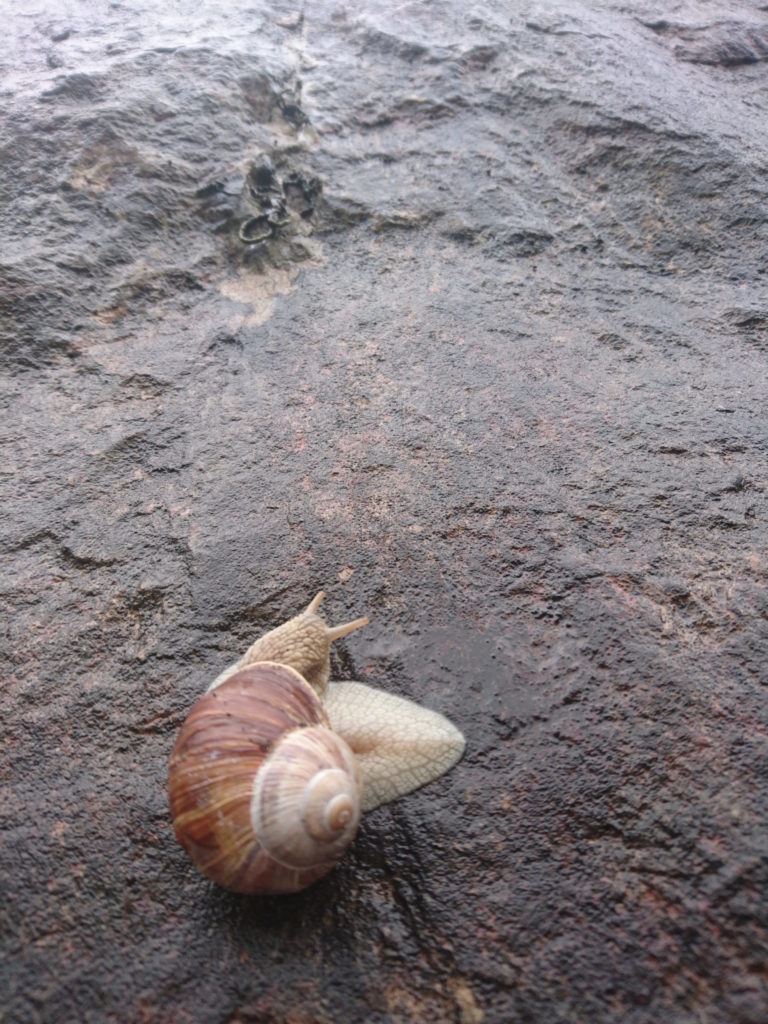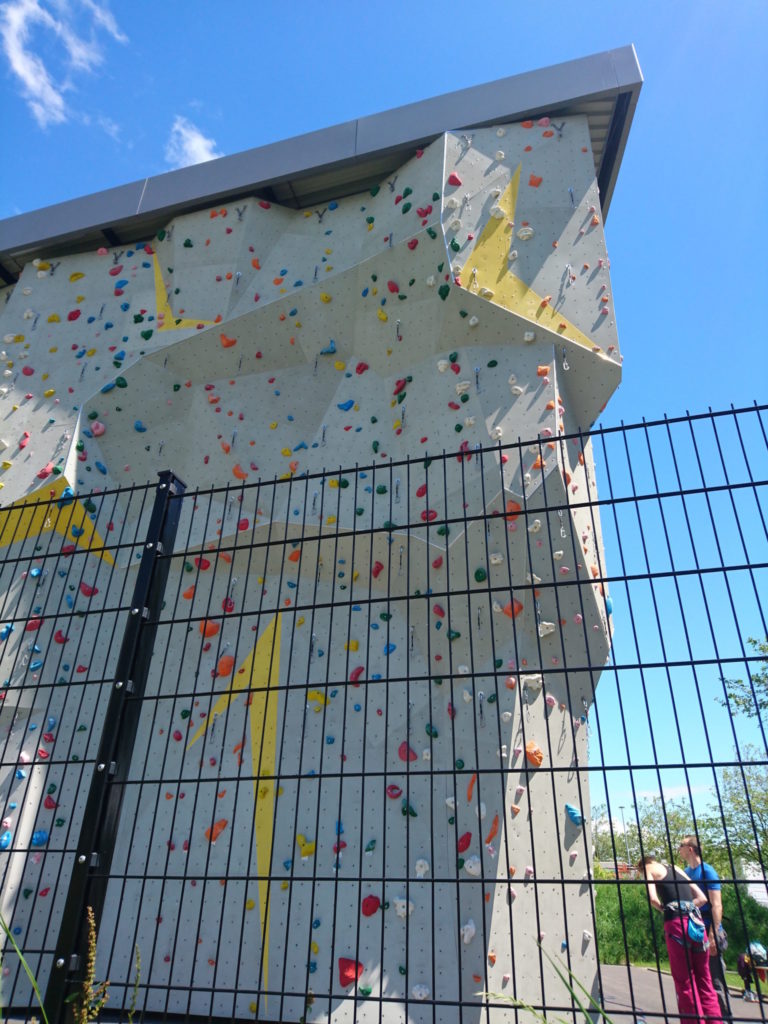Via Ferrata with Climbing Shoes
Today I tried a Via Ferrata with Climbing shoes. With a group we went to the Moléson which you see in the picture below. This mountain stands in the middle and has fantastic views on to Neuchatel, the Lac Leman, Bulle and more. The drawback is that this mountain is often in cloud due to its location and height.
If you’re still reading despite the mention of clouds then you will see that this is an enjoyable place to visit. It is located in Gruyère, known for its cheeses and the Giger Museum. I don’t think I have visited either of the two latter options. Climbing is more fun.
Today was different. I took the blue easy route and I wore climbing shoes rather than normal shoes because I wanted to see whether the experience was pleasant. At first it was worthless to have these shoes on because of the mud and humidity. They did become more fun as we climbed. The person in front of me was a novice at Via Ferrata so she was fighting for the courage to move onwards and upwards. This gave me plenty of time to get as much contact with the rock as possible. I focused on using the natural rock as foot holds as much as possible and I even tried to use the rock as hand holds. My reservation about safety meant that I did not want to fall with via ferrata gear.
The rock on this via ferrata is perfectly adapted to rock climbing shoes when it is drier. The rock is friable and this provides justification for climbing shoes. Rather than two or three foot holds that you can use with hiking boots (which I usually use) I used slivers and cracks of rocks. I tried not to “felix the cat” too often. That is a term a climbing instructor used South of the Alps when I took climbing lessons and as I like the term I share it.
I have been practicing via ferrata for five years now and I have explored almost all via ferrata within a two hour drive multiple times. As a result I know that I can do them and I know what to expect. This means that I can be generous and climb last. I can help novices and beginners experience the sport for the first time and through experiments such as climbing shoes on a via ferrata I keep myself entertained. Leukerbad and other such via ferrata would be interesting with climbing shoes because of the rock type. They are not essential and I did this out of good humour. I was perfectly happy using hiking boots for the first five years.
And now for desert, a view from the top.
[vrview img=”https://www.main-vision.com/richard/blog/wp-content/uploads/2016/07/molesontop.jpg” pimg=”https://www.main-vision.com/richard/blog/wp-content/uploads/2016/07/molesontop.jpg” width=”500″ height=”400″ ]







